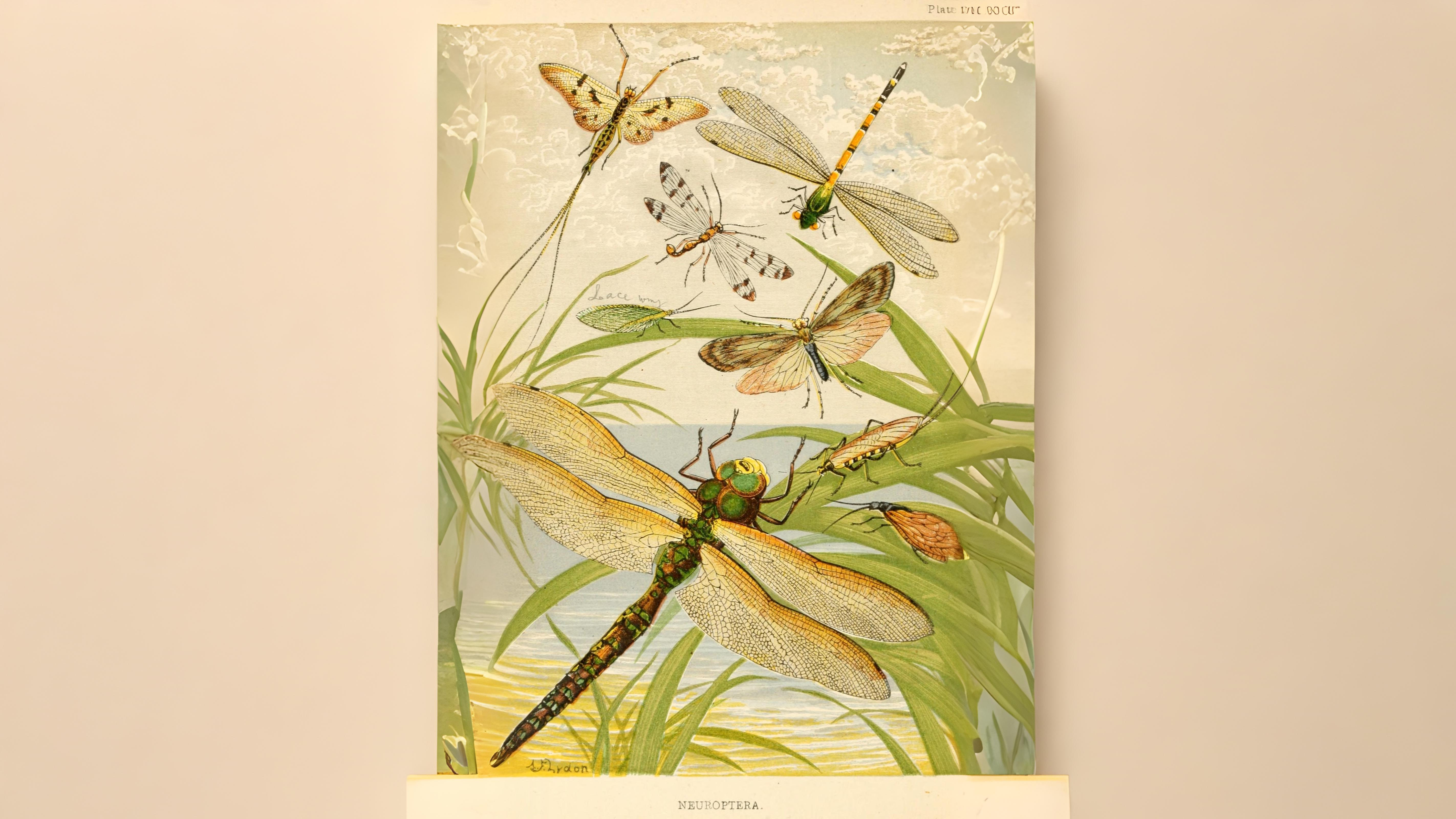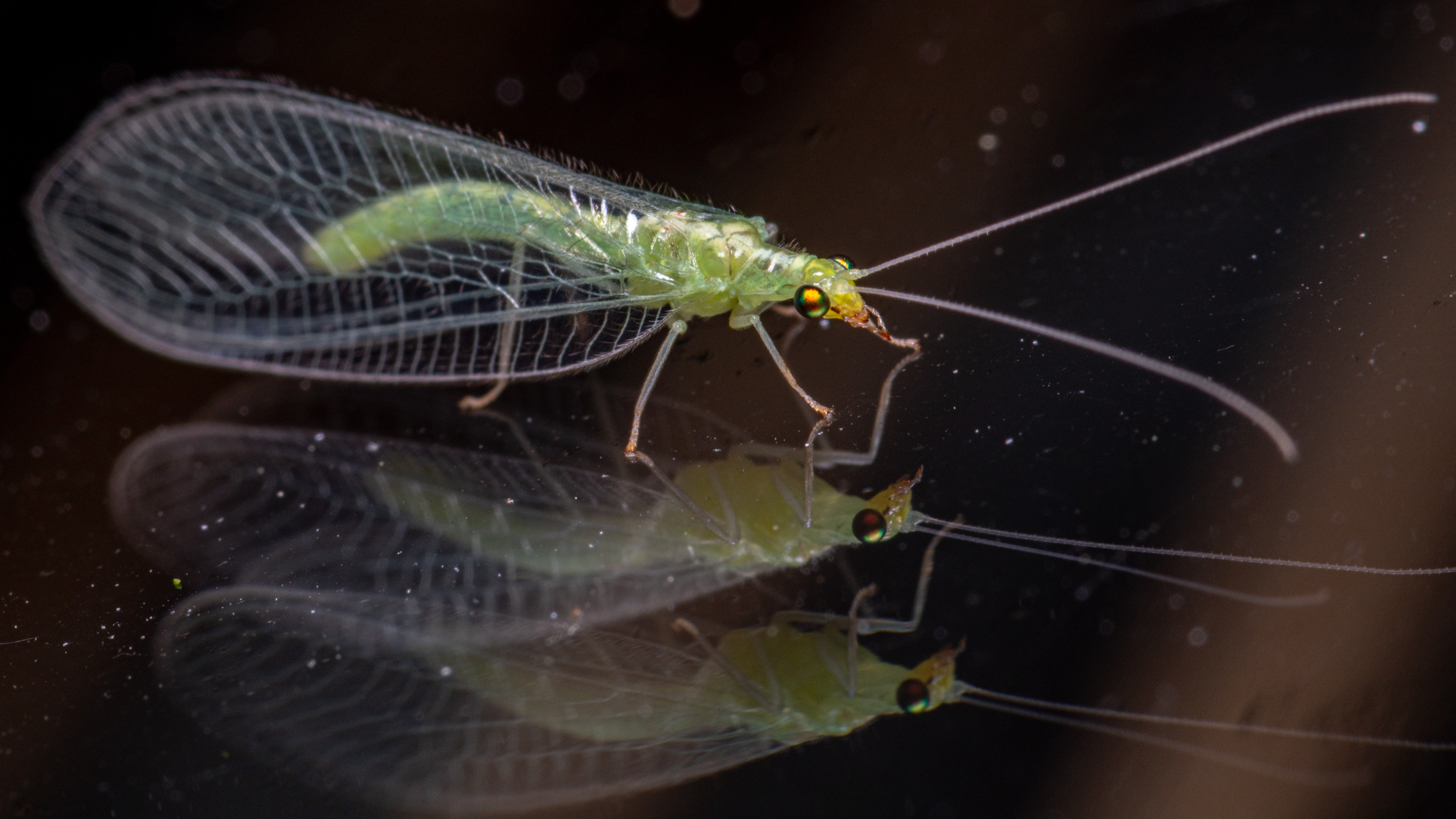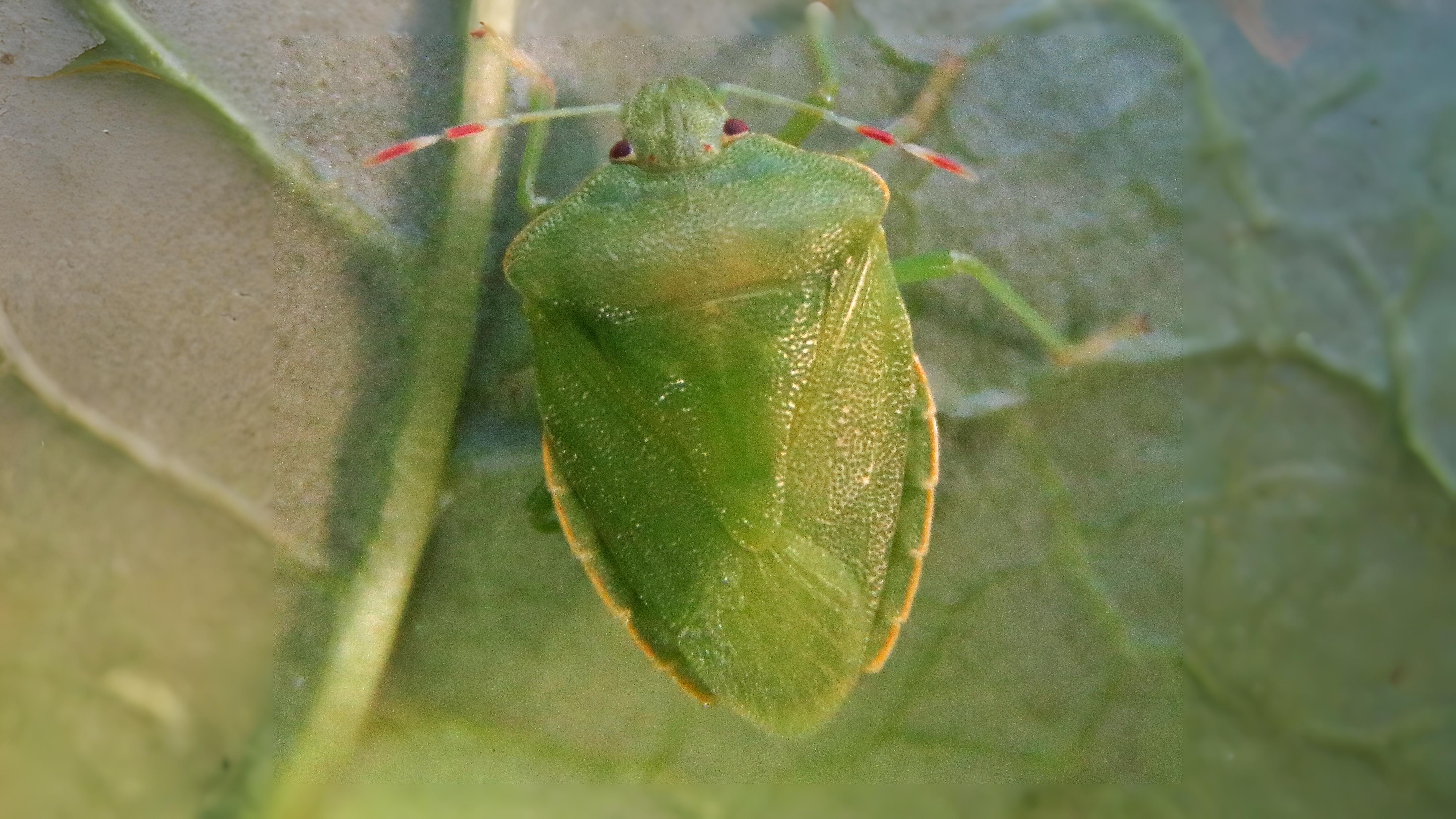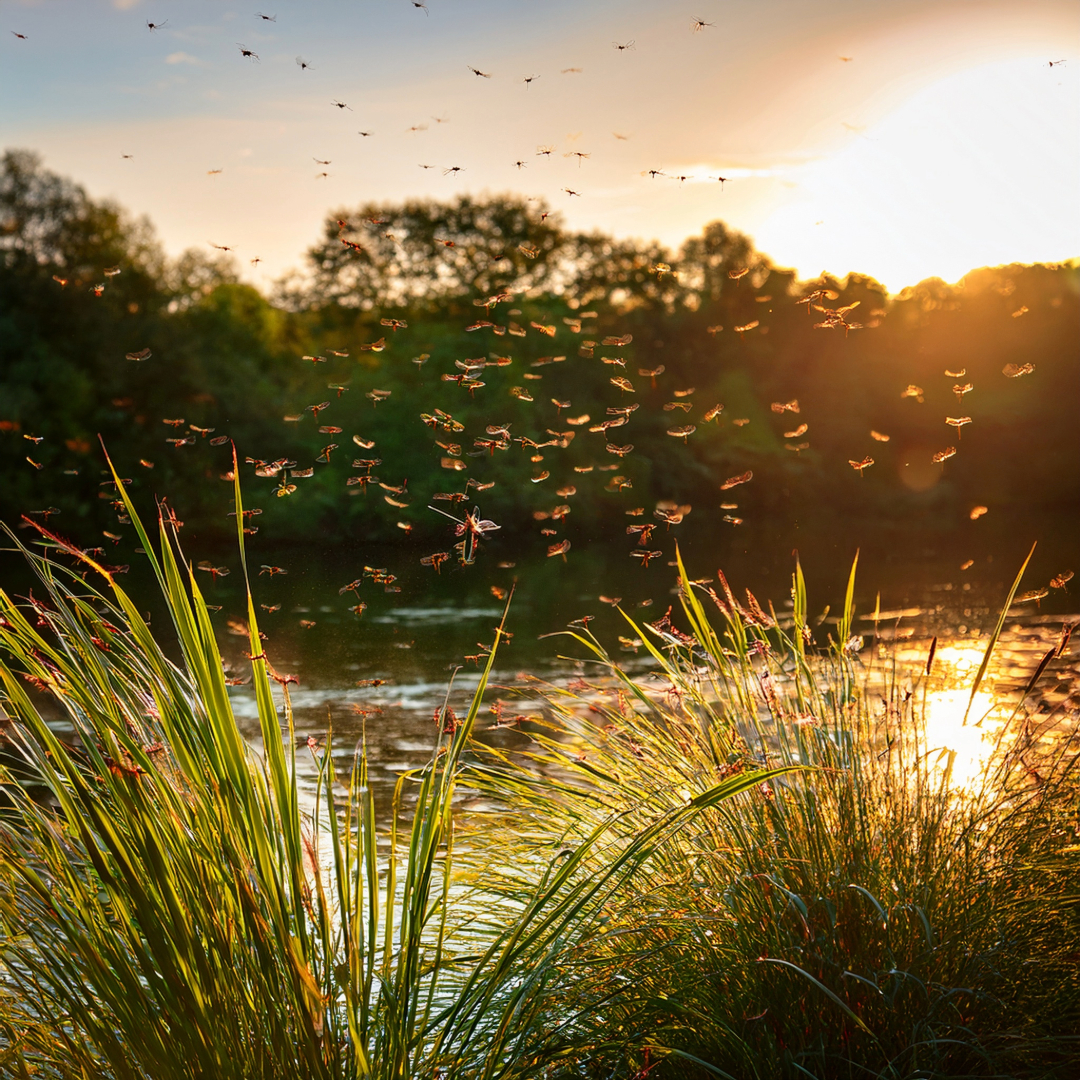
Return on 29 May to witness nature’s most intricate performances—where shield bugs shield their young, and mayflies live just hours to dance.
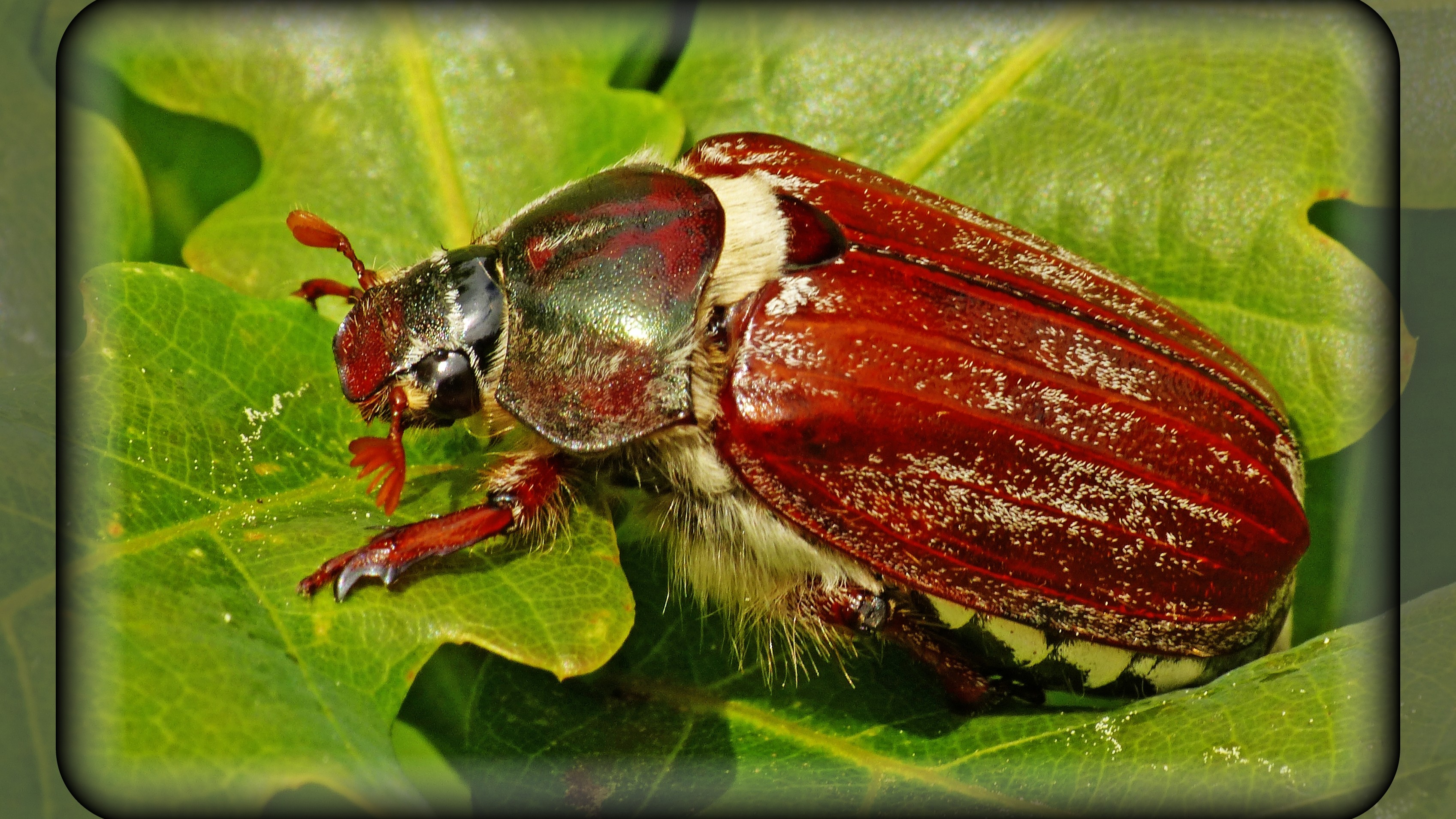



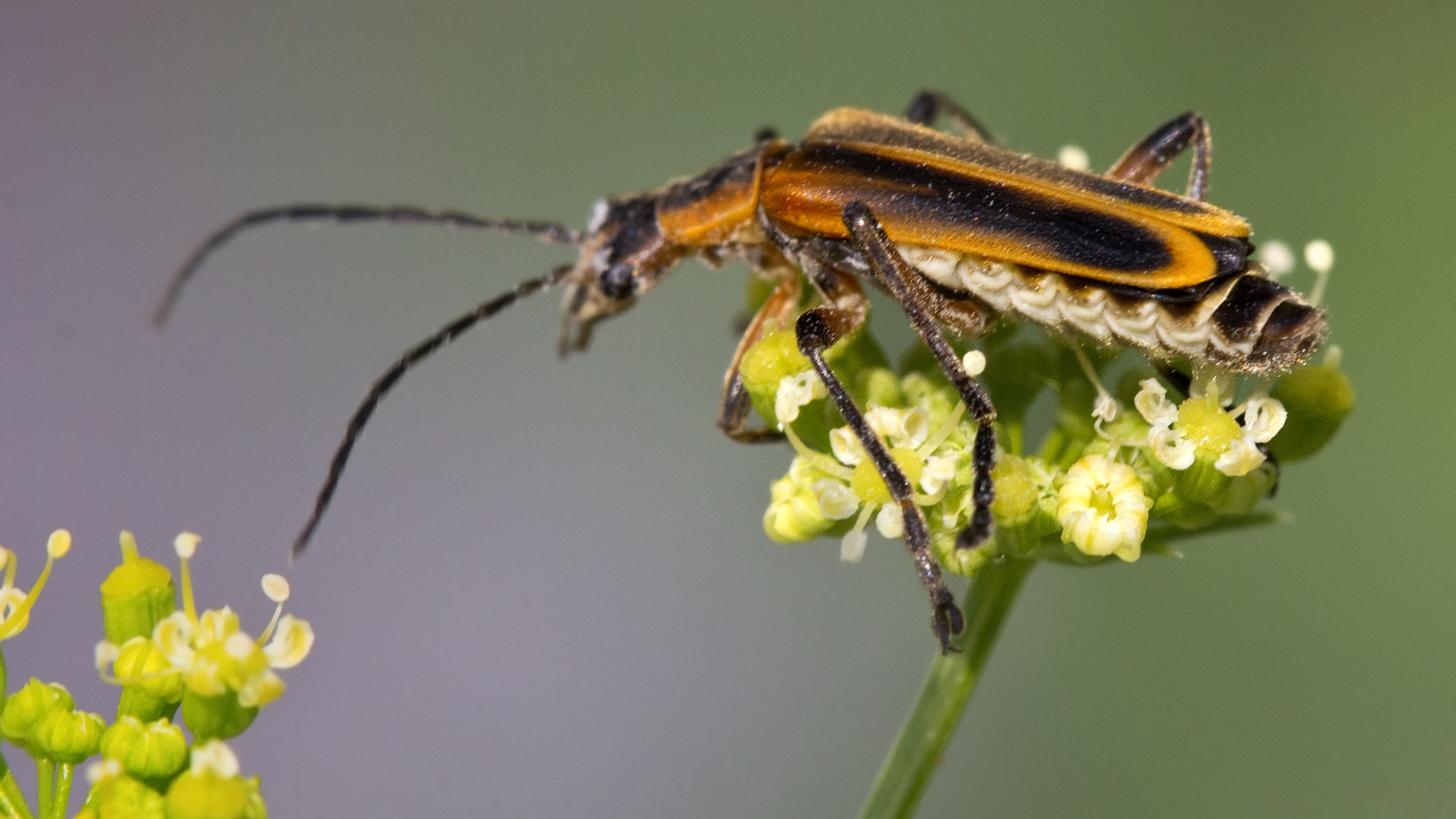

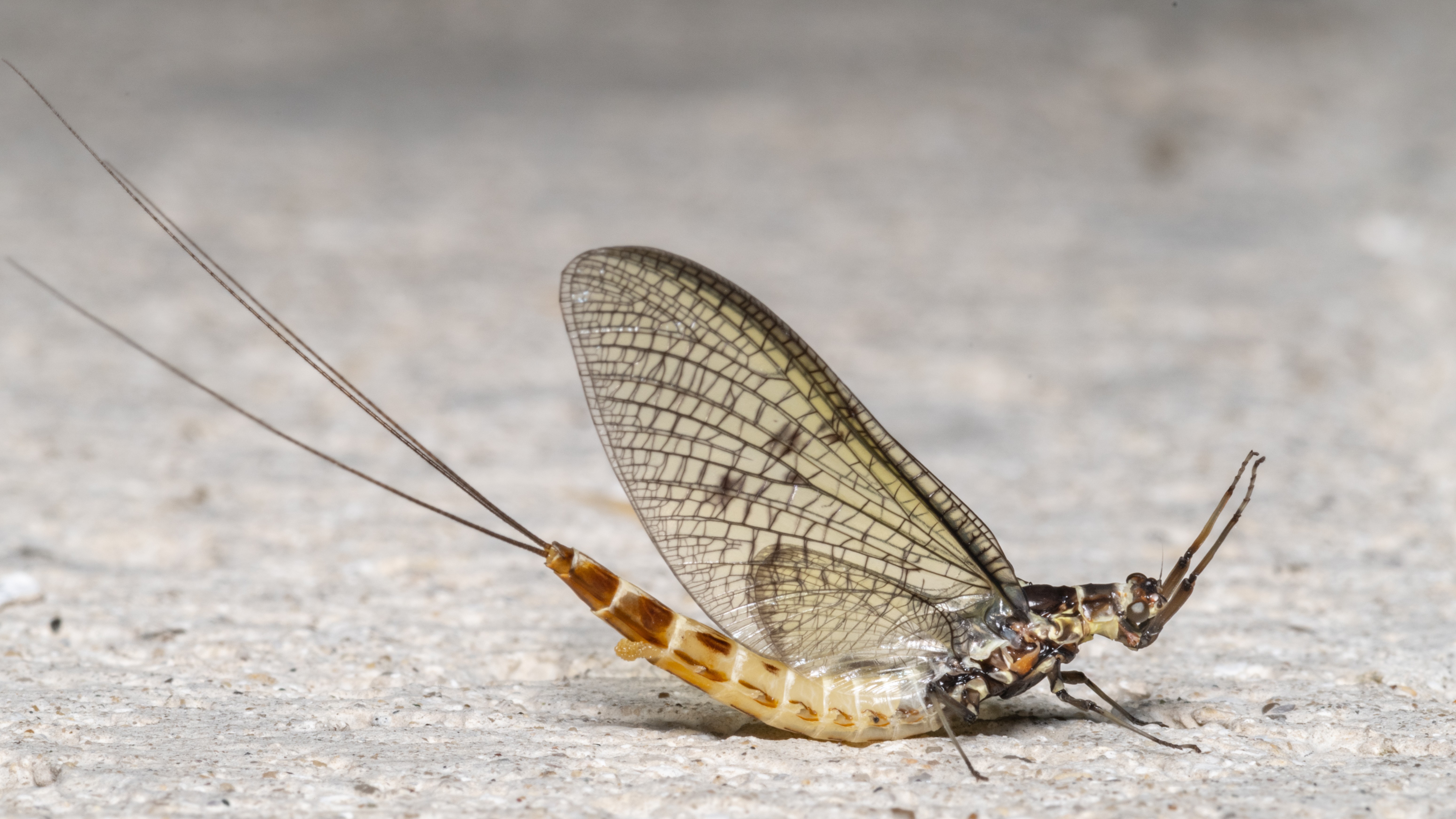

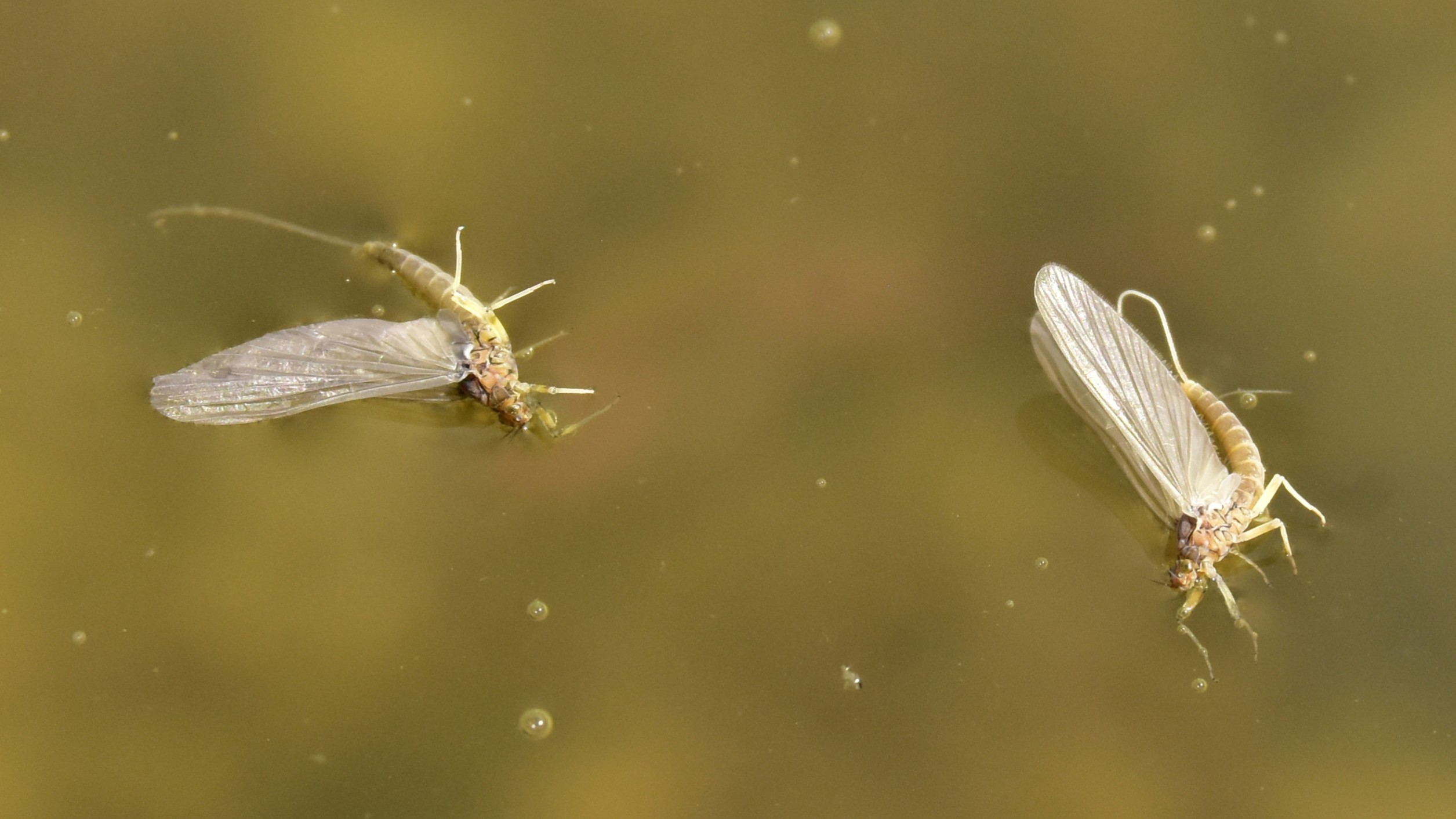

In similar habitats to mayflies, dragonflies and damsel flies are also now starting to be noticed more. In London, the broad-bodied chaser, four-spotted chaser, common blue damselfly, azure dragonfly, blue-tailed damselfly, red-eyed damselfly and black-tailed skimmer can all be seen this month. The large red dragonfly, although rare, is also a possibility.
On hot days, flies suddenly seem to be everywhere. The dance flies, fever flies, bluebottles, greenbottles and St Mark’s fly of last month are now joined by sawflies, gallflies, fruit flies and more hoverflies. Dance flies are sometimes recognised from their ghoulish habit of carrying the corpse of another fly. This enticing gift is then is laid in front of the female before the male mates with her as she feeds. Other noticeable insects this month include aphids, lacewings and shield bugs. A frightening ten million greenfly can inhabit a single London lime tree.
